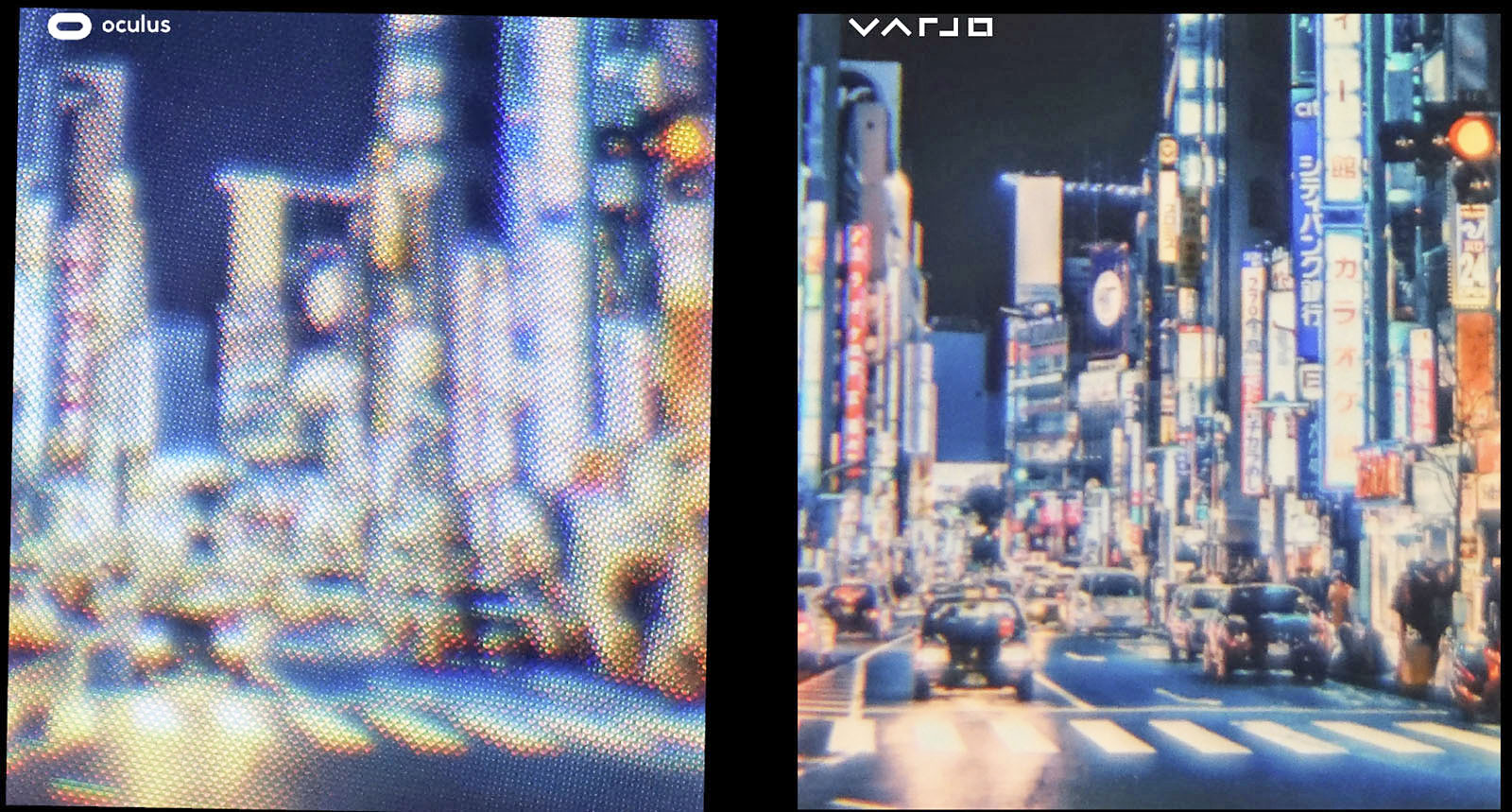A mysterious start-up by the name of Varjo has emerged from the shadows with a “human eye-resolution” virtual reality display that looks to put current solutions like the Oculus Rift and HTC Vive to shame.
Resolution is a major shortcoming with today’s VR headsets. The Oculus Rift, for example, offers a resolution of just 1,080 x 1,200 pixels per eye. While the pixels are packed into a relatively small space, the fact that they sit so close to your eyes makes it easy to discern individual pixels – the screen door-effect – which ultimately lowers immersion.
Varjo, which means “shadow” in Finnish, looks to solve this issue with a headset that offers resolutions more than 70X beyond anything that is currently shipping or has been announced (including Magic Leap). The start-up says its patented tech replicates how the human eye naturally works to create a super-high-resolution image in the users’ gaze direction.

According to the company, its headset – codenamed 20|20 – will deliver an effective resolution of 70-megapixels. For comparison, the Oculus Rift and HTC Vive offer 1.2-megapixels. All three solutions afford a 100° field of view.
Combined with video-see-through (VST) technology, the headset will allow for not only virtual reality but augmented reality and mixed reality experiences, we’re told.
Varjo says its prototype was developed by a team of creatives, developers and optical scientists that formerly held top spots at companies like Intel, Nokia, Microsoft, Rovio and Nvidia. It plans to ship its technology in branded products beginning in the fourth quarter of this year.
https://www.techspot.com/news/69770-stealth-start-up-varjo-teases-vr-headset-human.html